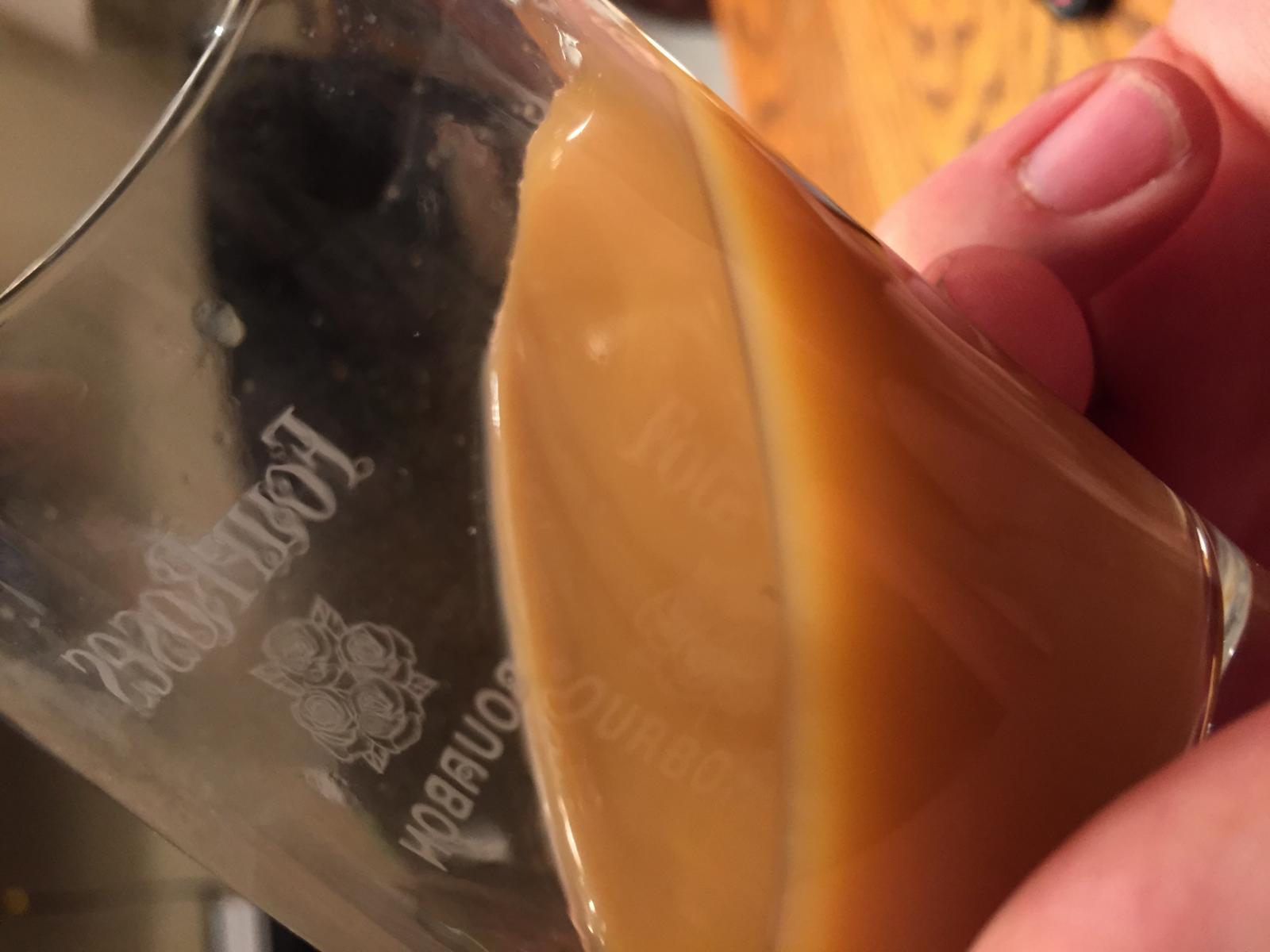Hello everyone!
A buddy and me are in our second year of cider making and upped the ante with the use of an apple press. We initially yielded 30L of juice. We then added 12 Campden tablets and after 12 hours we added pectic enzyme (40g) and an antioxidant (7g).
I thought at this point we would be ready for pitching yeast!
But after twelve hours I came home to find the mixture was drastically separated with seven of the thirty litres made up of a super-fine sediment. The photo of the bucket shows what remained after we had removed 20L of the juice (picture attached: the small amount of darker liquid is clear with the remainder lighter colour all sediment).
I am not sure why there is so much. The apple mash was pushed through a fine cloth so I had hoped we wouldn't see too much. But I am a little frustrated to have so much liquid tied up in sediment.
We have tried to filter it using four layers of cloth but the output was the same (the photo of the juice in the small glass).
Any suggestions?? Or should we just concede that this is the price you pay for using an apple press?


A buddy and me are in our second year of cider making and upped the ante with the use of an apple press. We initially yielded 30L of juice. We then added 12 Campden tablets and after 12 hours we added pectic enzyme (40g) and an antioxidant (7g).
I thought at this point we would be ready for pitching yeast!
But after twelve hours I came home to find the mixture was drastically separated with seven of the thirty litres made up of a super-fine sediment. The photo of the bucket shows what remained after we had removed 20L of the juice (picture attached: the small amount of darker liquid is clear with the remainder lighter colour all sediment).
I am not sure why there is so much. The apple mash was pushed through a fine cloth so I had hoped we wouldn't see too much. But I am a little frustrated to have so much liquid tied up in sediment.
We have tried to filter it using four layers of cloth but the output was the same (the photo of the juice in the small glass).
Any suggestions?? Or should we just concede that this is the price you pay for using an apple press?






